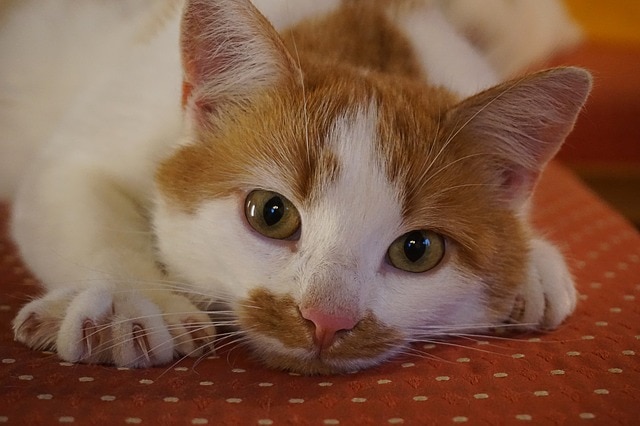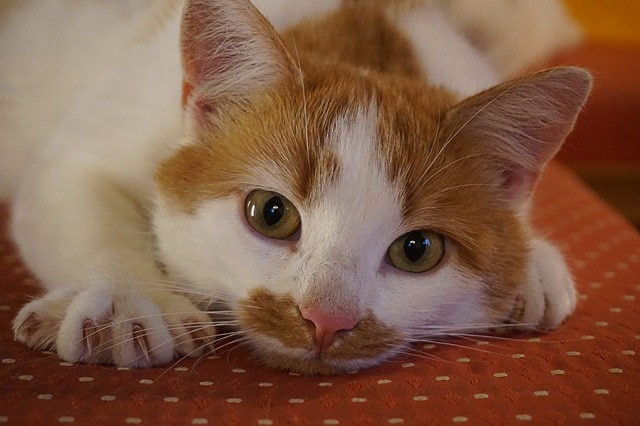
The animal advocate and behaviorist not only has great insight into our pets, she is a world-class author penning both animal help books, but “thrillers with a bite,” featuring, you guessed it, animals! Check out her great advise from this excerpt at VetStreet on cats and claws.
Applause for Claws: 7 Scratch-Training Tips

By Amy Shojai
While clawing is a normal feline behavior, it is not always understood or accepted by some cat owners. Cats use their claws for many purposes. They scratch surfaces to scrape off old nail layers. Their scratching provides both visual cues and scent indicators to claim prized territories in the home, such as the arm of your sofa. They use claws to capture and hold prey, be it a stray mouse in the house or your ankles or a fast-moving feather wand toy.
And, yes, it may surprise you to learn that some cats claw to fight stress, boredom and feelings of anxiety. Fortunately, here are seven ways to appease your must-claw cat without your home decor becoming shredded confetti:
1. Trim your cat’s nails regularly
Dull claws cause less damage than sharp ones. Start by handling your cat’s paws gently. Press the pad to express the claw and use a cat clipper or designated human nail clipper to snip the curved end of the nail. Avoid cutting the pink area of the nail known as the quick, to prevent the nail from bleeding. Gradually introduce nail-trimming time with your cat by clipping one or two mails at a time. Be calm and patient, and praise your cat to make this a pleasant experience for both of you.
2. Heed the 1+1 rule
For multi-cat households, it is essential to provide a sturdy scratching object for every cat plus one. The reason? Some cats are quite territorial and do not like to share. Place these scratching posts and cat trees in various locations to prevent a bully cat from guarding them all.
3. Locate scratching posts in cat-welcoming areas
Cats scratch to say, “Kilroy Kitty was here.” They desire to display their scratch graffiti in visible and highly trafficked places in the home. So place scratching objects in the living room and near windows, feeding stations and litter boxes, instead of in a dark corner of a basement or a rarely used back room.
Want to read about those last four tips?
You can find the remainder of the article over at VetStreet, where they also have lots of other fantastic information about pets.
About Amy Shojai
Amy Shojai is a certified animal behavior consultant and the award-winning author of 23 pet care books, including Complete Kitten Care and Complete Care for Your Aging Cat. Shojai also appears on Animal Planet’s CATS-101 and DOGS-101, writes for puppies.about.com and cats.about.com, and lives in North Texas with a senior citizen Siamese and a smart-aleck German Shepherd dog.
Subscribe to Amy’s YouTube Channel for more great information!
And be sure to visit VetStreet for a wealth of material on pet care and health.
